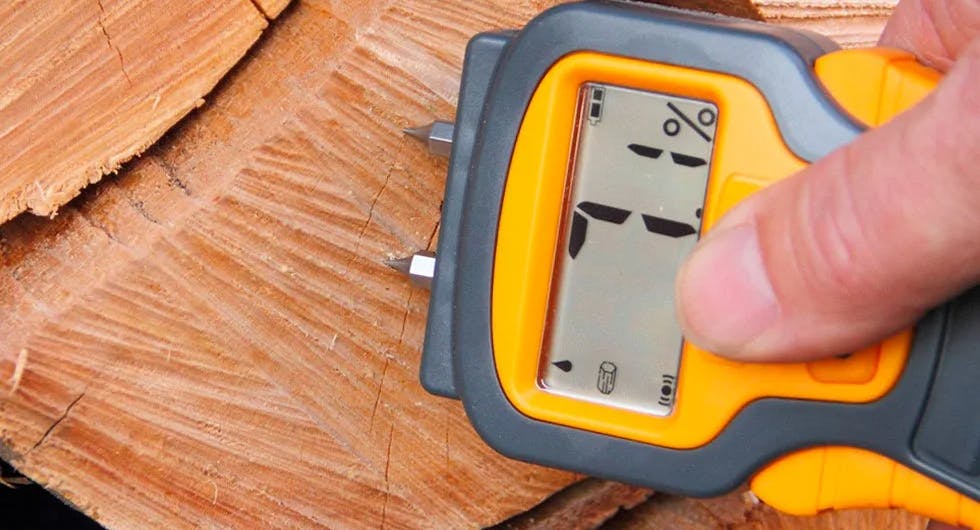We use wooden crates and pallets to export our goods and products throughout the globe via sea or air. They do, however, occasionally raise some concerns. The moisture level of the wood is one of the critical considerations for businesses when using crates and pallets. The process is straightforward: when the seasons change, the relative humidity of the air alters, which causes the moisture content of the wood to alter as well.
As a result of changes in moisture levels, the wood expands and contracts. Over time, the wood crates and pallets distort, lose their structural integrity, and finally rot.
Wood is a naturally occurring substance, so even the best heat-treated wood will absorb some moisture. It also depends on the type of wood being used. However, you can take steps to reduce the amount of moisture in a piece of wood and lengthen the lifespan of wood crates and pallets.
Measuring Wood Moisture Using Moisture Meters
Moisture meters are incredibly helpful and are becoming increasingly common in the industrial and construction sectors.
It’s easy to tell how much humidity has affected a pallet or other wooden items using moisture meters. Similar to a hygrometer, which measures the amount of moisture in the air, this device is built specifically to measure the moisture content of wood.
There are two most common types of moisture meters. The first has tiny pins that are pierced into the wood at the user’s desired depth. The second type is the pinless moisture meters that detect moisture nearest to the magnetic field’s source, in this case, at the surface. While pin-equipped moisture meters are more accurate and reliable, the pinless type is the most convenient.
Regardless of the method you choose, keeping a close watch on the moisture content of wooden crates and pallets can provide an early warning if they are expanding or contracting too much to support a specific load.
Kiln-Dried Wood versus Heat-Treated Wood
There are two ways to reduce moisture in wood: kiln-drying and heat treatment.
First, kiln-drying wood reduces its humidity, but not enough to prevent it from warping.
Heat treatment is best for wood crates and pallets. In fact, all wood crates and pallets must be heat-treated and stamped with the ISPM-15 certification mark for them to be shipped internationally.
Heat-treating wood eliminates the potential spread of termites and bacteria by sanitizing it and drying it out to help maintain its shape. It’s a process with a more severe bake than a straightforward kiln dry; it elevates the temperature of the wood to 56°C (132.8°F) for 30 minutes.
At Aircraft Crating Inc., we work with the best wood craters in the industry and are happy to share our expertise. We do not just deliver your items safely and securely; we also ensure that our wood packaging materials are environmentally and health-friendly by complying with the ISPM-15 Standards.
